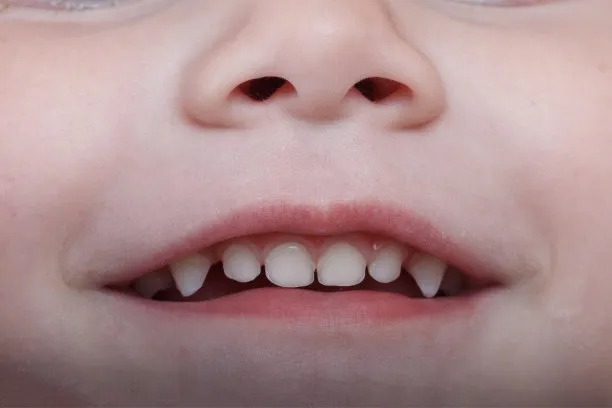The Importance of Proper Techniques and Aftercare in Extracting a Tooth for Optimal Recovery and Oral Health
Summary: The extraction of a tooth, while sometimes necessary, can significantly impact a persons oral health and well-being. Proper techniques and diligent aftercare play crucial roles in ensuring a smooth recovery and preventing complications. This article explores four key aspects of tooth extraction: the importance of professional expertise, the necessity of effective pain management, proper aftercare procedures, and the role of follow-up appointments in optimizing recovery. By understanding these components, patients can foster better oral health and enhance their overall experience during and after the extraction process.
1. Importance of Professional Expertise in Extraction

The first step in a successful tooth extraction is ensuring that it is performed by a qualified dental professional. A dentist or oral surgeon with expertise in dental extractions can assess the specific circumstances surrounding the tooth that needs to be removed. Their experience enables them to choose the most effective extraction technique while considering the individual needs of the patient.
Using the right tools and methods minimizes trauma to the surrounding gum tissue and reduces the risk of complications, such as infection or excessive bleeding. Professional expertise also means the provider can handle unforeseen difficulties that can arise during the procedure, further demonstrating the importance of relying on trained practitioners.
2. Effective Pain Management Techniques
Tooth extractions can be daunting, especially concerning pain and discomfort. A crucial aspect of a positive extraction experience is effective pain management. Initially, dentists will often discuss pain relief options, which can include local anesthesia, sedation, or general anesthesia, depending on the complexity of the extraction and patient preferences.
Post-procedure pain management is equally essential. Dentists typically prescribe analgesics or recommend over-the-counter pain relief medications to keep pain levels manageable after the anesthetic effects wear off. Patients must follow these guidelines carefully to minimize discomfort and facilitate recovery.
3. Importance of Proper Aftercare Procedures
The period immediately following a tooth extraction is vital for healing and preventing complications. Proper aftercare is paramount in promoting recovery and minimizing risks. First and foremost, patients should follow the dentists aftercare instructions closely, including dietary restrictions and activity limitations.
Maintaining oral hygiene is crucial but should be approached with caution. Patients are encouraged to gently rinse their mouth with salt water after a period of time and to avoid brushing directly on the extraction site for the first few days. This approach helps manage bacteria around the area without dislodging the blood clot essential for healing.
4. Role of Follow-up Appointments After Extraction
After a tooth extraction, follow-up appointments with the dentist are crucial to monitor the healing process. These visits provide an opportunity for the dentist to check the site, assess healing, and address any concerns that may arise. Typically, a follow-up is scheduled about a week after the extraction to ensure everything is progressing as expected.
During these appointments, the dentist can also remove stitches if needed and answer any questions the patient may have regarding their recovery. This ongoing relationship is vital for making any necessary adjustments to the aftercare plan, ensuring the best possible outcome.
In conclusion, the extraction of a tooth requires careful consideration of various factors to ensure optimal recovery and oral health. By prioritizing professional expertise, effective pain management, proper aftercare, and attentive follow-up care, patients can navigate the extraction process smoothly and enhance their overall experience. This holistic approach not only aids healing but also reinforces the importance of maintaining strong dental practices moving forward. This article is compiled by Vickong Dental and the content is for reference only.



